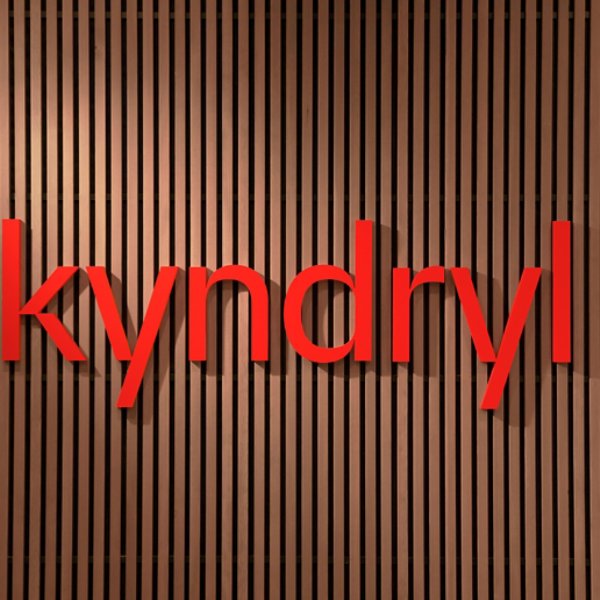By Gary Burnette, Chief Data Officer and VP; and Robert Turner, GM of U.S. Financial Services at Kyndryl
Indigenous Peoples across the globe are often left out of conversations addressing social and economic disparities when it comes to resources and access to Science, Technology, Engineering and Math (STEM) education. The lack of access to math and science high school classes required for STEM careers is a pressing issue for more than half of Native American students, according to the U.S. Department of Education.
With Indigenous (First Nations, Inuit and Métis) and Native representing 2.6% of the population in the U.S., 5% in Canada and 3.8% in Australia, according to the respective country census to name a few, it’s crucial for businesses to take steps that help to provide Indigenous communities with the digital skills required for jobs in the technology industry.
Kyndryl is committed to closing the gaps.
As the world’s largest IT infrastructure services provider, Kyndryl last month was a sponsor of the American Indian Science and Engineering Society (AISES) National Conference for the second year in a row, an event aimed at increasing the representation of Indigenous Peoples in STEM studies and careers. Our company has actively engaged with AISES to elevate our brand across the community, create connections and attract prospective talent. The AISES event offers a promising avenue to attract Indigenous STEM talent to Kyndryl and demonstrates the organization's dedication to fostering a more inclusive and diverse workforce.
Additionally, Kyndryl has a formally recognized Reconciliation Action Plan (RAP) in Australia, supporting Aboriginal and Torres Strait Islander peoples. As part of our ongoing commitment to reconciliation, Kyndryl announced a partnership with Indigenous Technology to widen pathways for Australian First Nations peoples to access STEM opportunities.
November is Native American Heritage Month, commonly referred to as American Indian and Alaska Native Heritage Month. This month-long celebration is a time to celebrate the rich and diverse cultures, traditions and histories of Native Americans and Alaska Natives, while also acknowledging their contributions to society. To honor Indigenous heritage — and to reimagine an equitable digital future for all — it’s important for company leaders to continually create a strong sense of belonging in the workplace.
5 Ways to Cultivate a Culture of Belonging for Indigenous Communities
Organizations can play a significant role in promoting Indigenous identity and belonging. Initiatives can be both internal and external, and there is no one-size-fits-all approach. Here are some key considerations to help create a culture of belonging and remove barriers to employment in STEM fields for Indigenous groups.


